After following some simple steps you will get fresh and healthy tomatoes for your kitchen. For a consistent supply of tomatoes, you must choose the best variety and plant them properly.
Make sure you are preventing your tomato plants from best and fungal diseases to increase the yield.
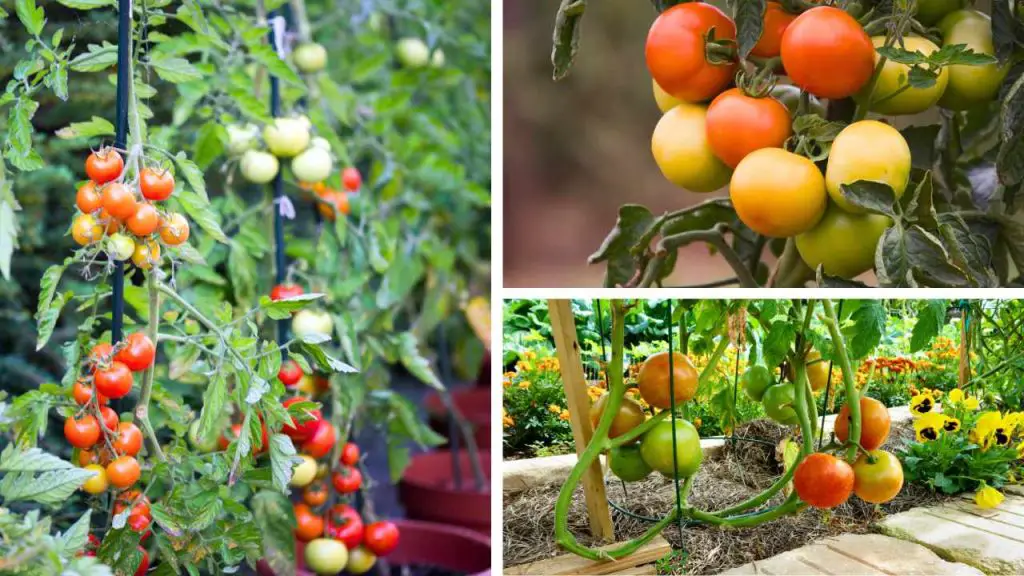
This is a tropical plant that Likes to grow in a warm environment. Tomatoes have some particular requirements for instance the suitable temperature for growing tomatoes must be between 70 to 85 degrees Fahrenheit.
If the weather is not warm enough then the growth of tomato plants must be slow. You should maintain the frequency of watering and feeding tomato plants. Following are some tips for you after following them your tomato plants will grow better and faster.
1- Plant Tomato Seedlings In The Right Spot
You must choose the perfect location for growing tomato plants. The spot you choose must be sunny where your plant gets at least 6 to 8 hours of sunlight.
Soil is also very important. You should not compromise on the quality of the soil. Before choosing the spot you must be careful about the following 3 factors.
a- LIGHT
Plants cannot make their food and produce fruit without the presence of full sun exposure. A sunny spot where tomato plants receive 6 to 8 hours of direct sunlight is perfect.
If you are growing tomato plants in your garden or backyard then your plants easily receive full sun.
Some people are interested in gardening but they don’t have growing space so they grow their plants indoors. In that situation, for tomato plants, you must place your pot or container near a sunny window where tomato plants receive the required amount of sunlight.
The plants that produce fruits must receive full sun. In case your tomato plants receive less light then they will produce fewer fruits. For a good production of your favorite tomatoes, sunlight plays a very important function.
b- Soil Type
Before planting tomatoes, do some research on what type of soil is best. If the soil is very hard and compacted then tomato plants will have to fight for their growth.
The water in the sandy soil drains very easily so it will not encourage the healthier growth of tomatoes. The ideal soil for growing healthy tomato fruit is fertile and loamy. This type of soil can easily hold moisture and provide all the required nutrients.
If the soil of your garden is not according to the requirements of tomato plants then you can grow them in raised beds or containers or pots.
When you grow plants in pots or containers or raised beds then you can easily maintain the fertility of the soil. You can fill them with a high-quality potting mix that contains organic matter.
c- Soil pH
The acidity or alkalinity of the soil is very important for the growth of any plant. The pH scale tells you about the nature of the soil. The availability of plant nutrients is affected by pH.
The ideal pH for growing tomatoes must be between 6.0 and 6.8. Before growing tomatoes, it is suggested that you must test the pH of the soil. A pH soil test kit is easily available in any gardening store or local nursery.
You can also send the sample of the soil of your garden to the local extension office for testing.
2- Choose The Right Variety Of Tomatoes
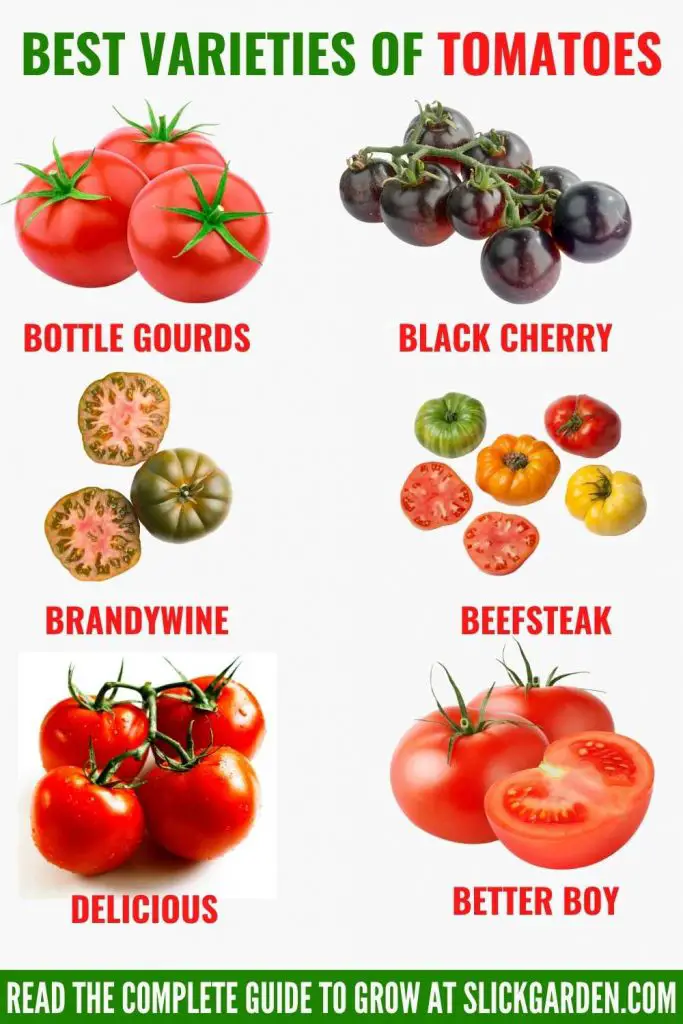
On the packet of seeds, you will get all the information and instructions about the variety. It is better to check out the seed catalog of tomato varieties.
You will get all the information about the right requirements and days to maturity in it. Maturity time is the time that tomatoes take from transplant to harvest.
If you are looking for a fast-maturing variety then you can select Early Girl, Galahad, Sun Gold, Tidy Treats, and Jasper. All these varieties are early-maturing tomatoes and take about 60 days from transplant to harvest.
3- Start Tomato Seeds Earlier
If you want to start your growing season earlier then you must sow the seeds indoors before the last expected frost. You will get all the information about the last frost date from any local nursery in your area.
The best time for sowing the seeds is 6 to 8 weeks before the last frost date. Soon you will see the young seedlings start emerging from the soil.
4- Transplant The Seedlings Deep
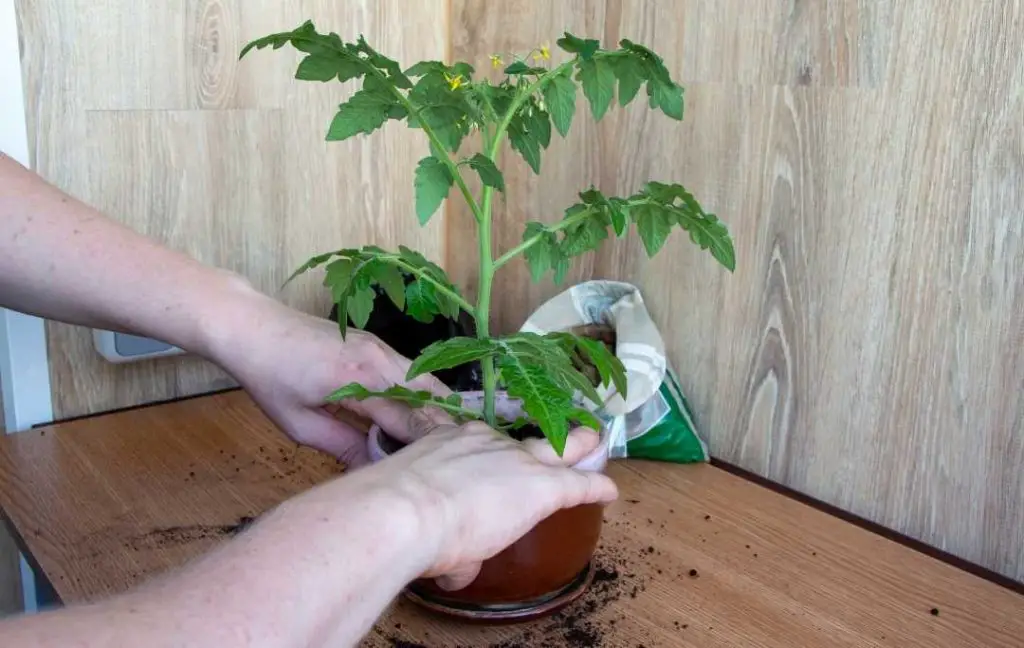
When the seedlings are 4 to 6 inches, they are tall enough to transplant in their permanent location. It is better to plant these young tomato seedlings deeply in the ground.
Before transplanting, you should carefully examine the stems of the young plant. You will find there are fibrous hairs on the stem. These hairs are potential roots. When you bury them in the soil they will become established roots.
When you plant young tomato plants deeply in the soil then it will encourage the growth of strong and healthy roots. Healthy and firm roots absorb nutrients and water from the soil very easily. This will help the plant to produce more fruit for you.
Now we will discuss with you another important tip. When you plant the tomato seedlings then pinch the lower leaves. This will prevent your plant from diseases because if the leaves touch the soil then disease will start spreading in the plant.
5- Space Your Tomato Plants Well
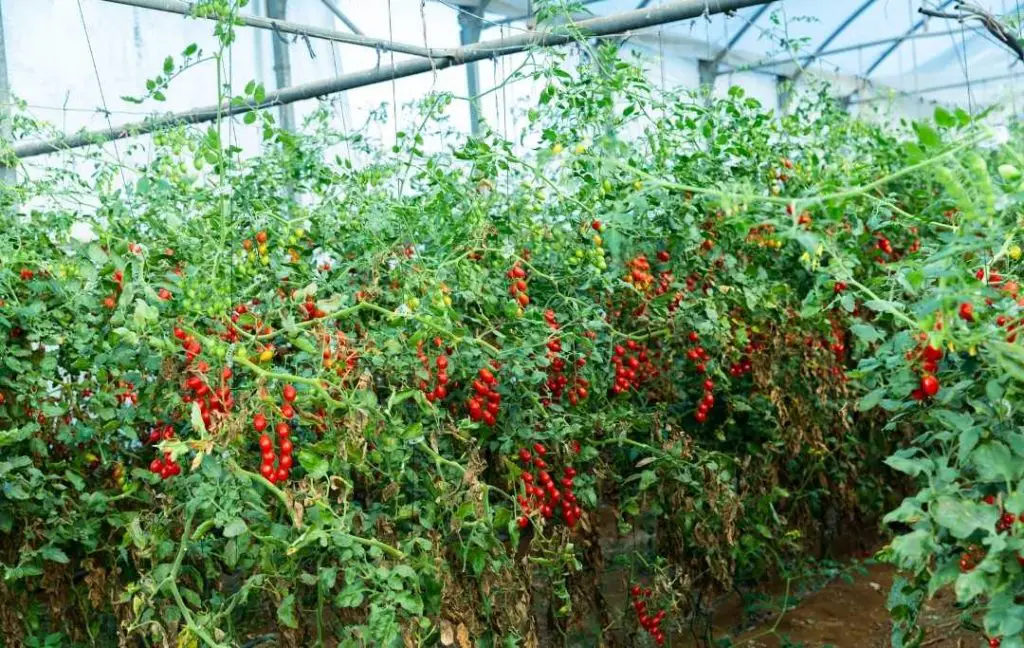
Make sure there must be enough space between two tomato plants so each plant spreads its roots in the soil without facing any difficulty. Indeterminate varieties of tomatoes grow larger so they need more space than determinate varieties.
You should read carefully all the instructions that are printed on the packet of seeds before planting the tomato plants. Generally, you should leave a space of 2 feet between each plant. But some varieties need 3 feet of space for spreading in the soil.
When the plants have enough space then they will get maximum air flow. This will decrease the risk of fungal diseases. When plants receive fresh air they become healthier and it will encourage more production of fruit.
If you are living in a warm and humid environment then it is better to leave proper space between the plants for airflow.
6- Water Deeply And Consistently
Inconsistent watering is not good for tomato plants. You should maintain the frequency of water and make a schedule. Deep watering is recommended for tomato plants for robust root systems.
When tomato plants receive a desired amount of water then they can easily access nutrients in the soil.
The frequency of watering depends upon the climate and weather conditions of your area. If you are living in a warm climate then your tomato plants need more water. Never let the soil dry out completely. Generally, tomato plants need two gallons of water each week per square foot.
7- Keep The Leaves Dry
You should avoid overhead watering because if the leaves of tomato plants are wet they encourage the risk of developing blight and other fungal diseases or harmful infections.
To avoid these problems you should be careful. I know you can’t stop the rain but you can carefully water the tomato plants.
Always try to water the tomato plants at the base. In the rainy season, you can protect the plants by putting them in shelter. A hoop house is also a good place for growing tomatoes. It will stop the rainwater from landing on the leaves of tomato plants.
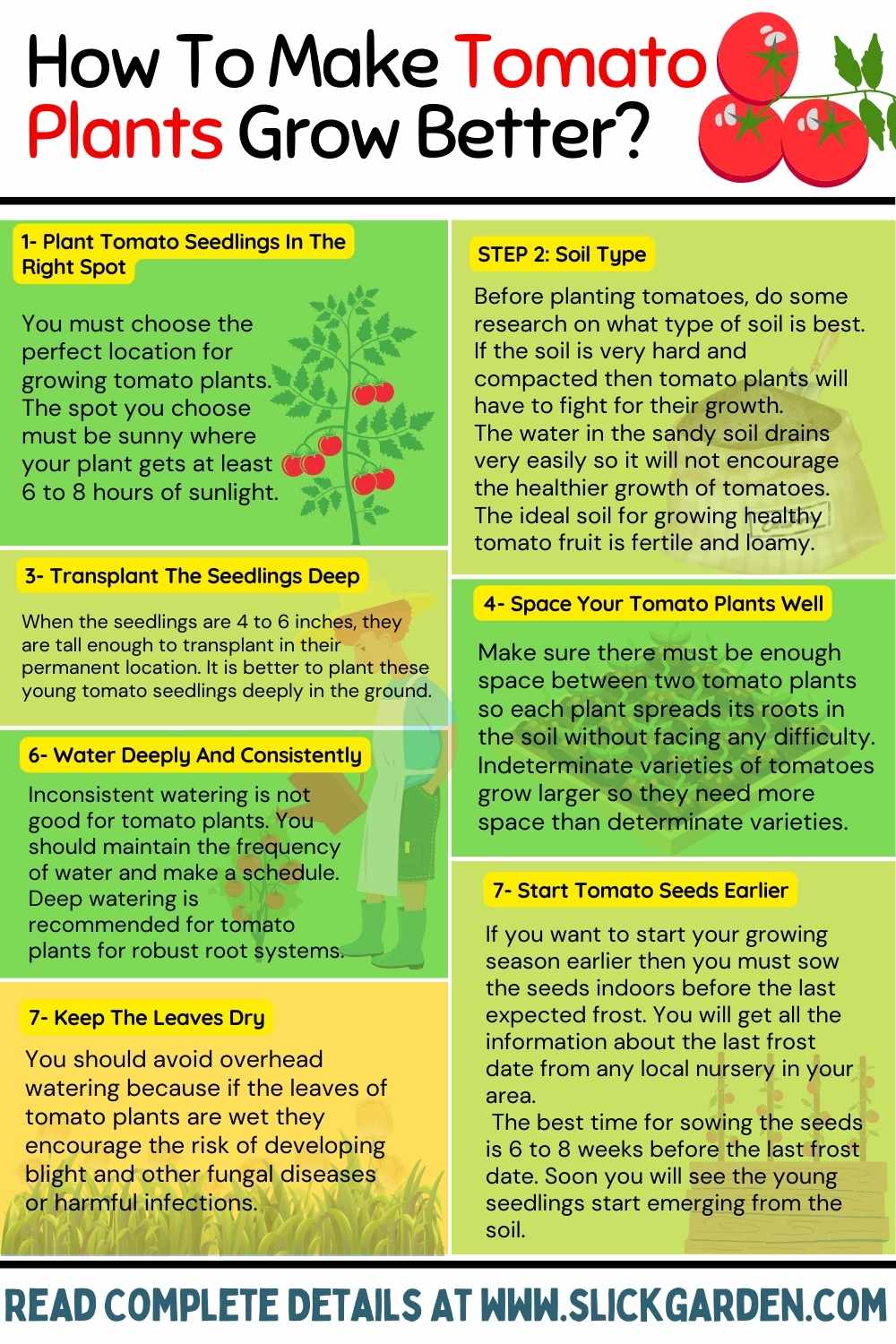
8- Mulch Around Your Plants
Mulching helps to maintain a moisture level in the soil which is very good for your tomato plants. It will also help to avoid weeds. Weeds are unwanted plants that steal nutrients from the soil.
As a result, there is competition between tomato plants and weeds for nutrients. A layer of mulch helps to reduce the problem of weeds and this will increase your tomato harvest.
The other benefits of mulching are it will help to regulate the temperature of the soil, especially in warm areas. Soil erosion will be reduced when you apply a layer of mulch around your tomato plants.
For mulching, you can use grass clippings, shredded leaves, and straws. The best time for mulching tomato plants is after watering. Make sure the layer of mulch should be several inches thick. This will stop weed growth properly.
9- Provide Support Early
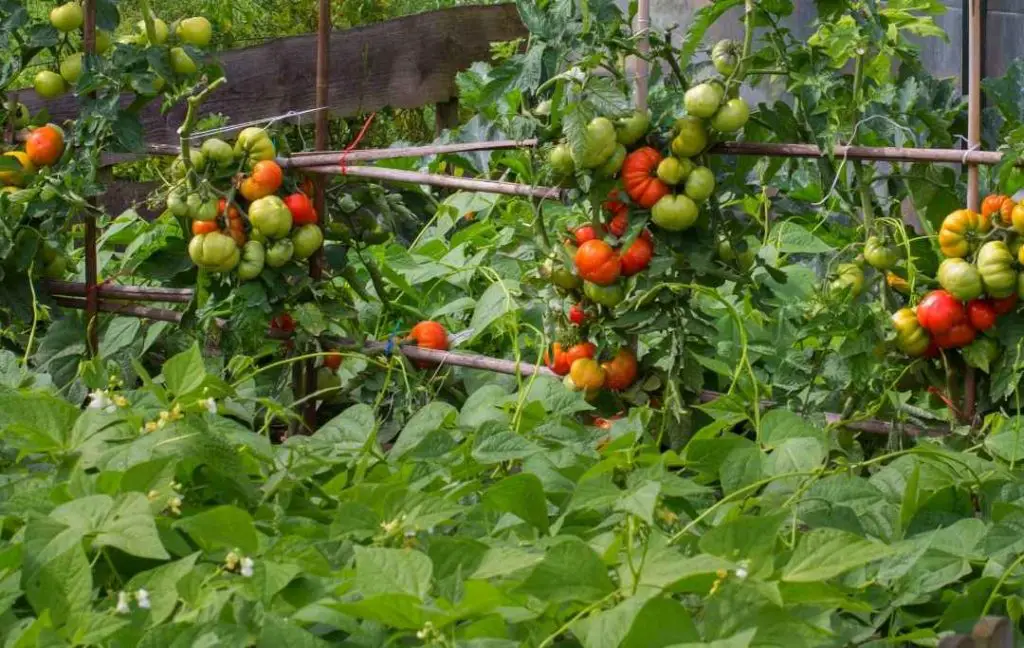
As the tomato plants produce heavier fruits so it is better to provide proper support. The perfect time for installing support is when the plants are young.
When tomato plants do not have proper support and they touch the ground then diseases will start spreading in plants. The infected plant will not produce healthier fruit for you.
For ideal support, you can use a tomato cage, a trellis, or a stake. I advise you to install a support system earlier in the ground to prevent your tomato plants from different bacteria and fungal diseases.
If you install the support when the tomato plants are grown enough then it can disturb the roots of the plants. It is suggested that you should install the support earlier when the plants are young to avoid any damage.
The other benefit of support is that your plant will get proper airflow. This will encourage new growth. Harvesting becomes easier when your tomato plants get proper support. You can easily pick the fruit when you need it.
Keep Reading:
- How To Grow Roma Tomatoes In A Raised Bed?
- How To Stake Tomatoes In A Raised Bed?
- Can You Grow Tomatoes From Supermarket Tomatoes?
- How To Grow Roma Tomatoes In Pots?
10- KEEP YOUR TOMATOES WELL FED
If you want your tomato plants to produce healthy tomatoes for your kitchen then you must feed them regularly. Tomatoes need a lot of nutrients for fast growth.
If you notice that your tomatoes are growing very slowly it means they are not feeding on time. Turning yellow leaves is a clear sign that nutrients are deficient in the soil.
The requirements of the nutrients can be fulfilled after adding compost to make your soil more rich. Nitrogen, potassium, and phosphorus are important nutrients for tomato plants during the growing season.
It is better to use 10-10-10 commercial fertilizers that contain 10% phosphorus, 10% nitrogen, and 10% potassium.
11- KEEPS BUGS AT BAY
Different pests such as hornworms, white flies, aphids, and slugs love to eat tomato fruits.
You should carefully examine the tomato plants regularly. If you find any sign of any insect then you should take action. Protecting your tomato plants from these harmful insects is a big task for you.
12- WATCH OUT FOR DISEASES
Like pests, many diseases are also a problem in getting healthier tomato fruits. The common diseases that attack tomato plants are damping off, blight, and bacterial leaf spot.
If you find any sign of these diseases in your tomato plant then you should consult any gardening centre. They will tell you how to treat these diseases.
You should remove the diseased leaves from the stem so this will not spread throughout the entire plant. Good air circulation and proper sun exposure will discourage any disease in your plant.
